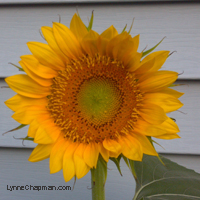|
Losing hair is scary. You may notice that there are more hairs in the drain when you shower or in your hair brush. Soon you may notice that your hair doesn’t feel as thick when styling it.
When you come to the conclusion that your hair density has changed, you start looking for reasons – anything that might be causing it. There are many factors that can contribute to hair loss. One very common cause is nutritional deficiency with iron deficiency as the most important factor. This is most common in pre-menopausal women between the ages of 35 and 50, when heavy menstruation contributes to iron loss often resulting in anemia. Even if anemia is not present, low iron can cause problems with hair loss. Iron is an essential part of hemoglobin, a part of the red blood cells that carries oxygen throughout the body. Iron deficiency sometimes triggers hair loss in large quantities but it can also be the cause of subtle, slow thinning over several months or even years. Warning: If you think that you may have hair loss due to iron deficiency, go to a doctor to get the proper tests. Don’t go out and load up on iron supplements. You should be tested by a doctor who can prescribe supplements if needed. Self- medicating can be dangerous. Excess iron in the blood can be harmful. It can build up to toxic levels in some people. Studies have shown that too much iron can lead to increased risk of coronary heart disease and even some cancers. Focusing on getting iron from natural sources is the best preventative measure. Always make sure that you have a well rounded diet consisting of all essential nutrients and well as iron rich foods. There are plenty of great sources of natural iron in the food you eat. Be sure that you include several servings of a variety of the following foods in your diet everyday.
0 Comments
Each individual hair on your head goes through three phases in its lifetime.
Parts of the hair and skin are a follows:
|
AuthorLynne Chapman served as Hair Site Editor of BellaOnline.com for fifteen years. She is a professional stylist and colorist of more than forty years. Categories
All
|
